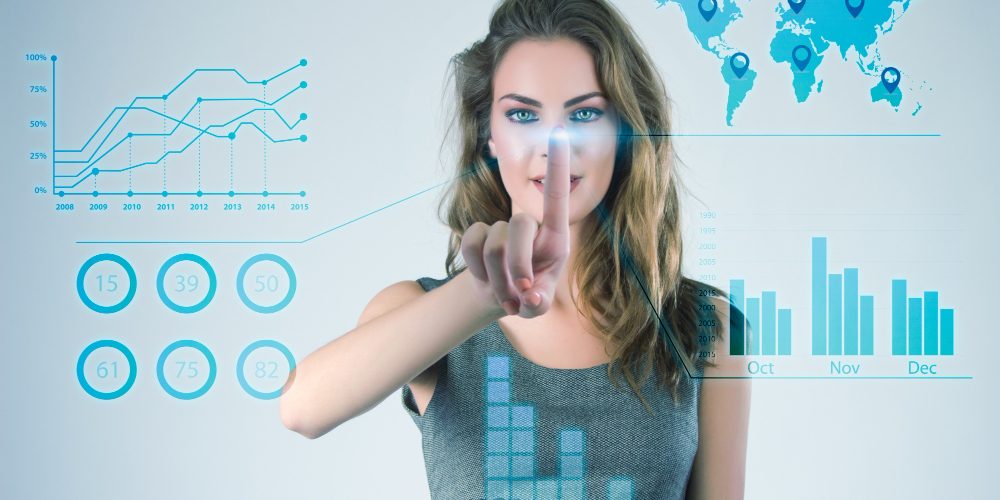Artificial Intelligence and the Internet of Things: Digital Revolution and Multisectoral Impact
The Internet of Things (IoT) and Artificial Intelligence (AI) are two of the most influential technologies of the 21st century. Together, they are profoundly transforming industrial, medical, environmental, and many other sectors.
History and Convergence of AI and IoT
IoT refers to the connection of physical devices to the Internet, enabling their remote communication and management. Meanwhile, AI, with its machine learning algorithms and data processing capabilities, has evolved to provide advanced prediction and analysis capabilities. Since the 2000s, the integration of these two technologies has enabled the development of intelligent systems capable of optimizing various processes.
Mobile App Development with Flutter & Dart: The Future of Cross-Platform
IoT sensors combined with AI enable real-time collection and analysis of weather data. Connected weather stations provide precise information on atmospheric conditions, while AI algorithms predict extreme phenomena such as storms and heat waves with increased accuracy. This synergy not only improves weather forecasts but also helps communities prepare for extreme climatic conditions.
Revolution in the Medical Sector
In the medical field, IoT plays a crucial role with home health monitoring devices, such as glucose monitors or connected pacemakers. AI, in turn, analyzes this data to provide more accurate and personalized diagnoses. For instance, smart monitoring systems can detect anomalies in a patient’s vital signs and immediately alert healthcare professionals, facilitating rapid and effective intervention.
Optimization of Infrastructure and Servers
Modern IT infrastructures also benefit from IoT and AI. Server management systems use sensors to monitor real-time performance and equipment status. AI analyzes this data to anticipate potential failures, optimize resource utilization, and enhance energy efficiency in data centers. This proactive management minimizes downtime and ensures optimal system performance.



No comments yet.